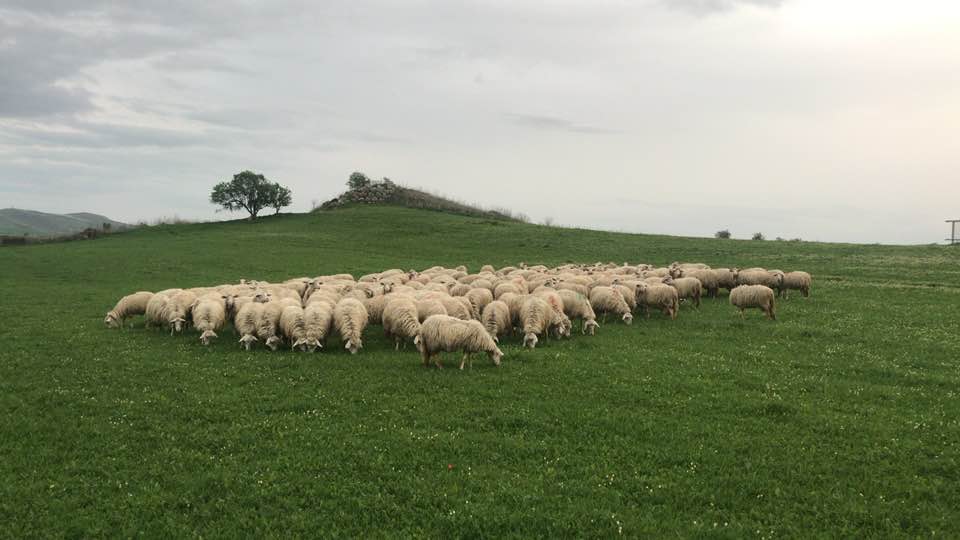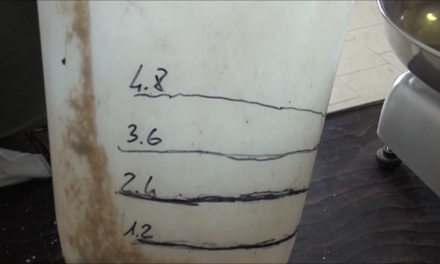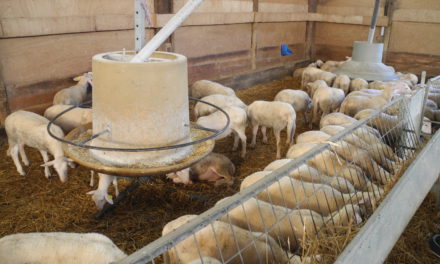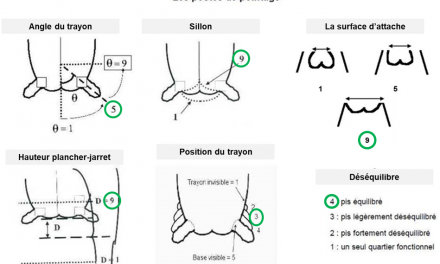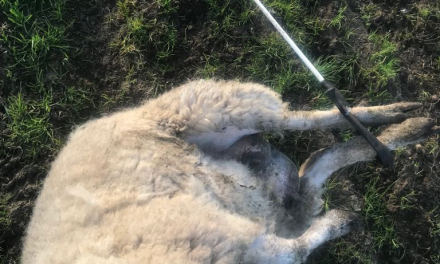This post is also available in:
![]()
![]()
![]()
![]()
![]()
![]()
Guidelines to manage foot-bathing
Solution name: Guidelines to manage foot-bathing
Aim: Guidelines for appropriate managing of foot-bathing in order to prevent and control footrot and elated lameness in ovine.
Description:
Foot-bathing is regarded as a method to disinfect the foot of sheep after they are gathered in restricted areas in farm with a history of lameness. When a group of sheep stay in a confined area for a given period have higher probability to being infected each other. For this reason, farmers should pass systematically them through a foot-bath.
Topic: health
Production: Dairy / Meat
Animal Category: Adult
Issue: Lameness (e.g. footrot, CODD, scald, etc.)
Level of Solution: Practical
Country: Italy
How to implement it

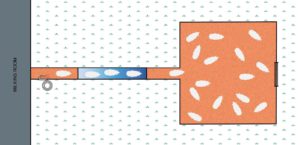
- In farm with a history of lameness, during certain periods, treatments should be carried out every time the sheep are kept and gathered in a small space, at least once per
- Treatment periods should be considered whenever the disease is clinically present and, as a preventive measure, one to two months before the season historically considered at risk (wet season) for disease occurrence.
- Considering the above-mentioned suggestions, the foot bath must be localized short after the milking room or the barn where sheep spend the night.
- For treatments it is suggested a 10% zinc sulphate or a 10% copper sulphate solution on which sheep need to stand in at least for 5-10 minutes. No evidence comparing different agents for treatment are currently available. Farmers should choose a chemical treatment in which they have experience.
- A systemic antibiotics treatment on infected animals under the advises of a vet should be taken in consideration in order to mitigate possible spreading of the infection in healthy animals.
- In order to establish the corrected dilution of the chemical treatment the farmer should know the volume of the foot-bath. A too diluted solution will not be effective whereas a too concentrated might cause painful lesion in the skin of the sheep.
- Organic material such as mud or faeces in the feet can render the chemical treatment less effective or inactive. It is strongly recommended to use freshwater by a pressure spray on the feet to eliminate the organic material before the chemical foot-bath.
- Let leave sheep’ feet to dry for at least 20 minutes on a hard surface before come back to graze. It needs enough post bathing standing time to make treatment effective. In addition, farmer should bear in mind that the residues of the copper sulphate solution could smear the grass, thus causing dangerous copper poisoning.
- To make the treatment effective, the foot-bath must be refilled with a frequency depending on the product, the size of foot-bath and the number of the sheep submitted to the treatment.
- Farmers should be aware of the health risks of chemicals used for the treatment. It is suggested to wear correct personal protective equipment and use the products in a ventilated space.
Expected benefits
Standardized approach for the control and eradication of footrot and related lameness which allow to reach optimal well-being and economical benefits, including milk production.

